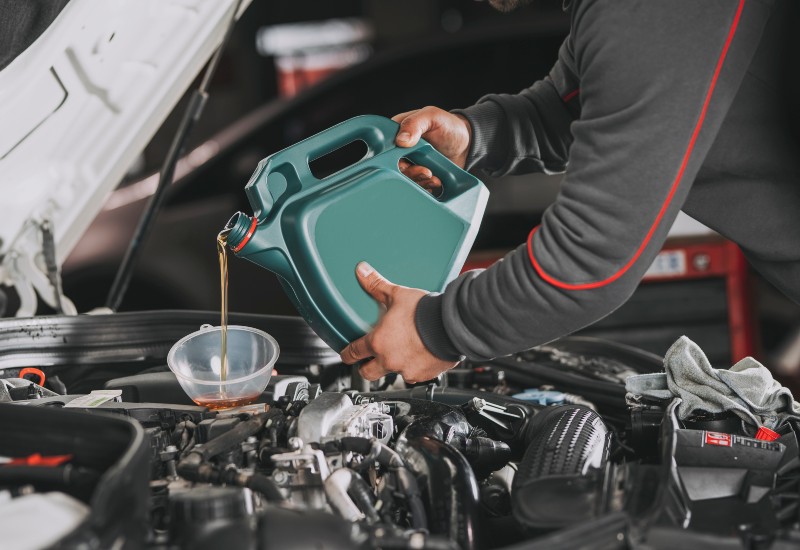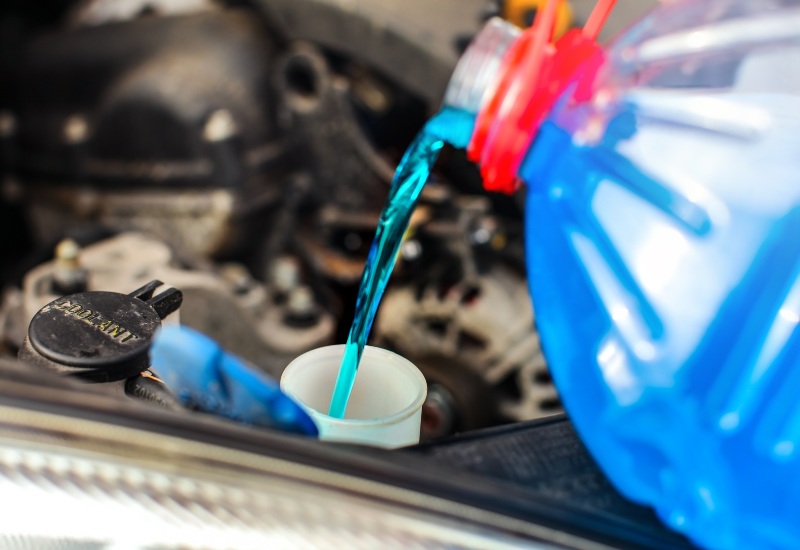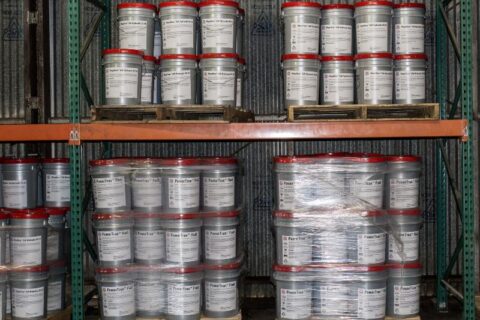Five Important Fluids to Check in Cars
Five Important Fluids to Check in Cars
Your vehicle’s fluids play a huge role in its performance, safety, lifespan, and efficiency. Your car needs regular maintenance and care to operate properly, and keeping your vehicle’s fluids at the right levels is a key part of vehicle maintenance. Knowing what fluids should be checked and when and how to check them will help you maintain your vehicle and ensure it runs well for as long as possible. Here’s a closer look at the five most important car fluids to check in Texas, Arkansas, Louisiana, and Oklahoma.

What Fluids Does a Car Need?
Unless you have an electric vehicle, your vehicle’s most important fluid is gasoline or diesel fuel. Fuel maintenance and filtration ensure the quality and performance of your engine. Other very important fluids that vehicles use are:
- Brake fluid
- Oil
- Differential fluid
- Antifreeze or coolant
- Transmission fluid
- Power steering fluid
- Windshield washer fluid
- Clutch fluid
- Transfer case fluid
Engine Oil
Engine oil is your vehicle’s second-most important fluid or oil after gasoline or diesel fuel. Your engine oil keeps the engine moving smoothly, reduces heat and friction, and improves engine safety and performance. You should check your engine oil at least once a month and before and after a long trip. Your vehicle should have a dipstick in the engine bay that you can use to check engine oil levels. Turn your car off and let it sit for 10 minutes to allow the oil to settle at the bottom of the tank. Wipe the dipstick clean and insert it into the tank to check the level. If the level is at or below the minimum, you should add more oil. You should also check the condition of the oil. If you notice grittiness or a dark coffee or black color, you need an oil change.

Brake Fluid
Modern vehicles have hydraulic brake systems which use fluid to connect the pedal to the brakes. When you step on your brakes, a plunger goes down and pressurizes the brake fluid. This causes the brake pads to clamp down on the rotors to slow the car. If your vehicle doesn’t brake instantly or the brakes feel spongy, you should check your brake fluid levels. Most vehicles have a reservoir for brake fluid in their engine bay. You should check the color and level of the brake fluid. If it is at or under the minimum, you must refill the reservoir with the proper type of brake fluid. If your brake fluid is cloudy or dark, it will need to be replaced.
Transmission Fluid
Transmission fluid is another engine lubricant and coolant. It works on the components inside your transmission, which includes gears, clutches, and valves. It ensures smooth and seamless movement and transitions. If your transmission fluid is bad, you will notice that it is hard to shift gears, your vehicle surges uncontrollably, driving is difficult, and you hear strange noises. You can check the transmission fluid if there is a dipstick, or you can take your vehicle into a mechanic or auto shop. If your vehicle has a dipstick, you should place your vehicle in park or neutral and check the fluid level, color, and condition. The fluid should be amber or red and feel smooth. If it is dark or cloudy or feels gritty, it needs to be changed. If the levels are low, just pour the right type of transmission fluid into the fill tube of your vehicle.
Coolant/Antifreeze
Coolant or antifreeze protects your engine from overheating. Engines experience a lot of friction and combustion, which causes heat. Coolant absorbs and dissipates heat and prevents the engine from overheating. You should check your coolant levels every 50,000 miles, or if your engine overheats, you hear a clanging or grinding noise, or you smell a burning odor. Do not check the coolant levels while the engine is hot. You will need to either check the coolant expansion tank to see if it is at or below the minimum indicator or open the radiator cap to see if the coolant is near the top. If it isn’t, you should add the right type of coolant for your vehicle.
Power Steering Fluid
Modern vehicles have power steering, which means it is easier to move the steering wheel and execute turns. Power steering systems are hydraulic and use pressurized fluid, though some newer models use electric systems. If you notice your steering wheel is shaking or feels heavy or that it is harder to steer on bumpy roads or at higher speeds, you should check your power steering fluid levels. Look for a dipstick in the engine bay or check the markings on the power steering reservoir. If levels are low, top off the fluid, making sure to use the right type for your vehicle.
Contact Us
Call us today at Red River Oil Co. or contact us online to learn more about our selection of car fluids in Ashdown, Texarkana, and Foreman. We operate three convenient locations in Texas, Arkansas, Louisiana, and Oklahoma and will soon open a fourth. We provide fuel, oil, lubrication, and petroleum services to commercial and industrial customers and wholesale and resale outlets, and our team of experienced technicians can answer any questions you have about machinery, equipment, and car fluids.


